We could have never predicted all of the ways the Covid-19 pandemic would affect us. The pandemic forced FocustApps to reprioritize, rethink decisions, and adjust some of our processes. Even now, as we migrate through this year, the shift in focus helps us recognize “the way we worked” is no longer working. So, while the last 12 months brought us a lot of change, there were several positive ways this past tumultuous year impacted us.
In our business’s early years, working from home was the norm because we didn’t have an office space investment. 2020 was a very different story. In late February, we had just completed a total remodel on the second floor of our new building, with the first floor finished just 9-months earlier. By mid-March, we had jumped to become a complete work from home company. Now our beautiful new facility is sitting far emptier than we ever intended as our workforce is at home keeping safe, working remotely.
Adjusting without our office space and working from home forced us to adapt to more flexible schedules, find new ways of handling general employee stress, and learn to deal with dips and improvements along the way. Company communication became the first real challenge, from both an internal perspective with team members and with our clients. Plus, inter-company contacts for human resources and benefits all needed handling in a completely different way. Part of overcoming this was identifying what was happening and then adapting before it became a more significant issue. As part of our initial new work-from-home arrangement, we adopted video calls to try and keep connected. To feel part of the same space, we used our existing tools – such as Slack, to replace our typical office face-to-face communication and Zoom for replacing our conference room meetings.
As with anything new, everything seemed to be moving along well. But when the newness ended, we began to see our work-from-home team communication was declining and dwindling. Minor breakdowns in our processes could generally be overlooked when we were all together in the same building because it was easy to walk down the hall and knock on a door for a quick question or clarification. Office conversations were always accessible and fun, as we often emphasized team-time with rapport and bonding. But now, the team was completely spread out, so these breakdowns became more glaring and prohibitive. In response, we became flexible to bring the team together, including Friday Company Zoom hangouts and special events planned to happen from home – such as lunch delivery and hack-a-thons.
About six months into 2020, every business began talking about video-meeting-fatigue – and we were no exception. At the start of work-from-home, more video meetings were happening, and they were consistently longer since we were making up for less employee-to-employee communication. Plus, our video meetings just ‘felt’ longer even if they weren’t. We attributed this to putting such a large focus on video calls and meetings early on. Something we felt was important but also highlighted an overlooked process breakdown we were experiencing. These same meetings happening in person didn’t feel as exhausting as they had become. So, we made a strategic effort to become more organized and planned to reduce excess times by holding intentionally focused meetings. Early on we were trying to replicate being in the office when what we needed to do was adapt to being remote. Cleaning up our meetings and time spent in them is something we plan to continue doing going forward regardless if we are in the office or remote.
We also had to rethink our hiring priorities. This change helped us see the value of bringing on people outside our local area. The shift allowed us to focus on hiring the best person for the job, period, regardless of where they live. Because of this we have now started accepting full-time remote positions. When we hired our six new employees in 2020, we moved to remote interviews and adjusted to no longer holding an in-person portion. And when we return to work, we plan to continue changing, so our new workforce has an equally influential impact while staying remote.
Our shifting priorities helped us show a bit more humanity and understanding of one another in 2020. We came to appreciate our technology, became more aware of our company communications, started to understand how to be more accommodating to full-time remote team members, and learned to be more organized when planning meetings so we can reduce excess time and hold focused gatherings. As we move out of the pandemic and return to a new normal, we will take with us along the way a deeper appreciation for what we learned and what will come in the future.




